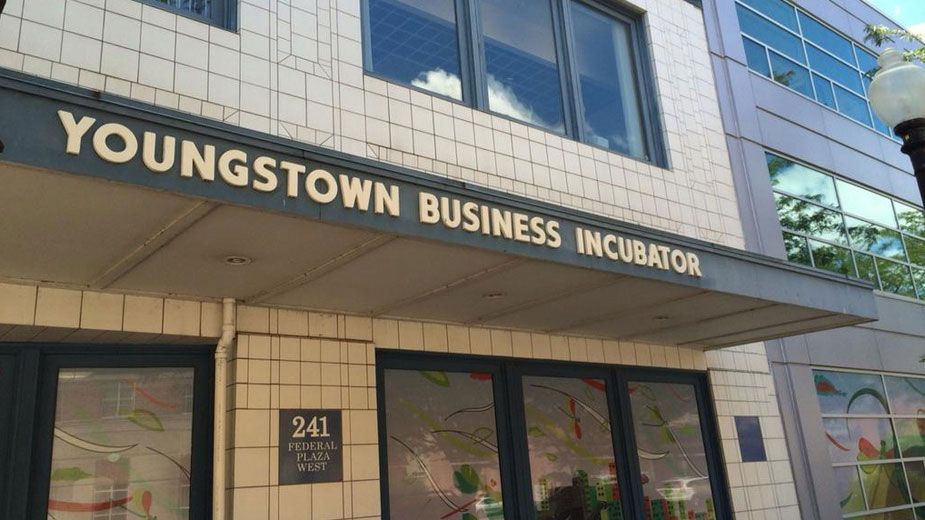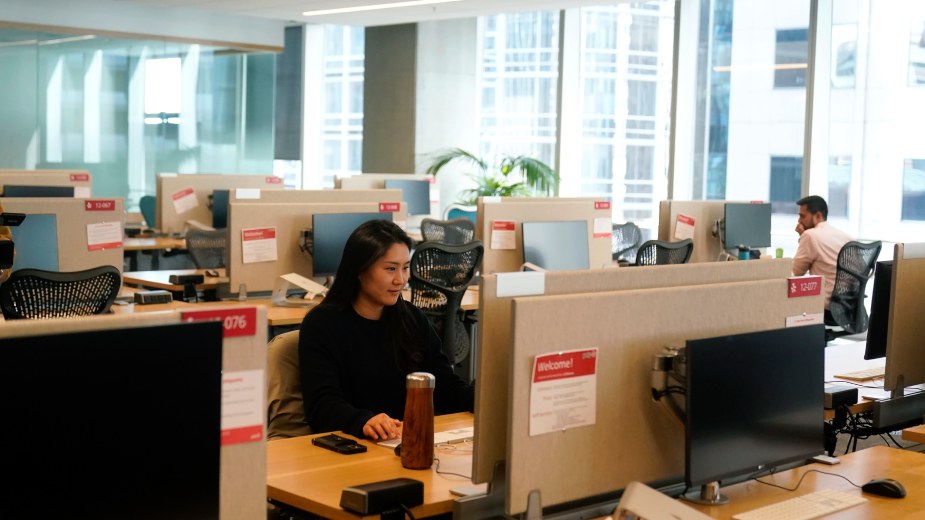Businesses Adapt to Multigenerational Workforce
SHARON, Pa. – When Sherris Moreira, executive director at the Shenango Valley Chamber of Commerce, came on board with the chamber 2 1/2 years ago, she noticed just how many businesses in the area were working across generations, she said.
“I started to dig more and realized studies that were saying how many different generations are under one roof,” Moreira said. “I realized that was really the bigger issue, not young people or old people. It was how to have them all work together at their best.”
The Pennsylvania CareerLink of Mercer County, a statewide, job-matching program, is starting to focus on having generations work together, Moreira said. People are becoming aware of the issues that can bring, such as retention, attracting young professionals and how to foster collaborative attitudes between generations she added.
This issue is also starting to trickle upward into economic development, Moreira said. People are realizing they have to raise the quality of life in the community to attract young professionals and retain them, she added.
“It has to be recreation, vegetarian restaurants, different things,” Moreira said. “It’s actually a much bigger picture than people realize, saying it’s one issue. It’s becoming a priority to fund.”
Fifty employees, ranging from local banks, hospitals and transportation companies, were in attendance at the Prospering with a Multigenerational Workplace workshop and panel Sept. 26 at Park Inn by Radisson in Sharon.
Along with people from the chamber, Kelley Ashby, a trainer, consultant and coach at Kelley Ashby Consulting, conducted a workshop and panel that covered the importance of having different generations working together.
“A lot of people have different pain points as it relates to working with various generations in the workplace whether it’s a supervision style that doesn’t quite match with another generation, communication challenges and recruiting and retaining talent,” she said.
Four attendees, who represented the different generations, answered workplace questions while on the panel with their own opinion that pertained to the generation they were from. Baby boomers were born between 1945 and 1965, Generation X people were born between 1965 and 1980, millennials were born between 1980 and 1995 and Generation Z people were born between 1995 and 2012.
According to Pew Research, millennials were the largest segment of the workforce in 2017 at 56%, followed by Generation X at 53%. Baby boomers represented 41% and Generation Z 9%.
As he spoke from personal experience on the panel, Evan Baughman, a quality generalist with Primary Health Network and who represented Generation Z, said it’s important to show respect, regardless of age groups.
“I know experience definitely matters and the wisdom gained from that is invaluable, but at the same time, it takes a lot of courage for someone who’s a lot younger than most of the people in the room to stand up and speak their mind, and try to get an idea out there,” he said.
For people who are older, Baughman suggested, instead of just saying “good job” or “we’ll think about it” to them, give the younger generation more feedback.
“I crave feedback myself, whether it’s negative or positive,” he said. “So, if they say something and you don’t agree with it, have a conversation. I guarantee they can handle it. They’re there for a reason.
“It doesn’t matter about their age, so don’t look at someone and see their age and see they’re younger and think that they don’t know,” he continued. “They might not know because they haven’t been there before, but they want to learn.”
Each generation has something different to bring to the table, said Gia Vogan, a human resources director representing the millennial age group. Younger generations tend to be more tech savvy and they can help with new age technology.
“However, other generations have more experience with managerial skills and client skills,” she said. “We look to other generations as role models, as mentors because we’re wanting to follow your footsteps.”
It’s key in every business to have good communication, said Shane Nugent, vice president of The Nugent Group and a part of Generation X. If people of different generations are not able to communicate with coworkers, the business will fail, he added.
“We need to make sure we keep that open line of communication and understand what drives the different generations,” he said.
While managing age diversity, it can present challenges such as communication, motivation, supervision and talent recruitment, said Leslie Katona, who represented the baby boomers and who runs his own consulting company.
“It should be looked upon as much of a positive in the workplace as we look upon racial diversity, gender equity or anything else,” he said.
By having age diverse talent within the workplace, employees will get to experience perspectives from the baby boomers and Generation X, and the years of experience they have, Ashby said.
“But, we need the millennials and Generation Z with the new, fresh ideas, especially to bring into how we could be more efficient in the way we do things,” she said. “We need diversity in order to be a star.”
Pictured: Kelley Ashby of Kelley Ashby Consulting.
Copyright 2024 The Business Journal, Youngstown, Ohio.



